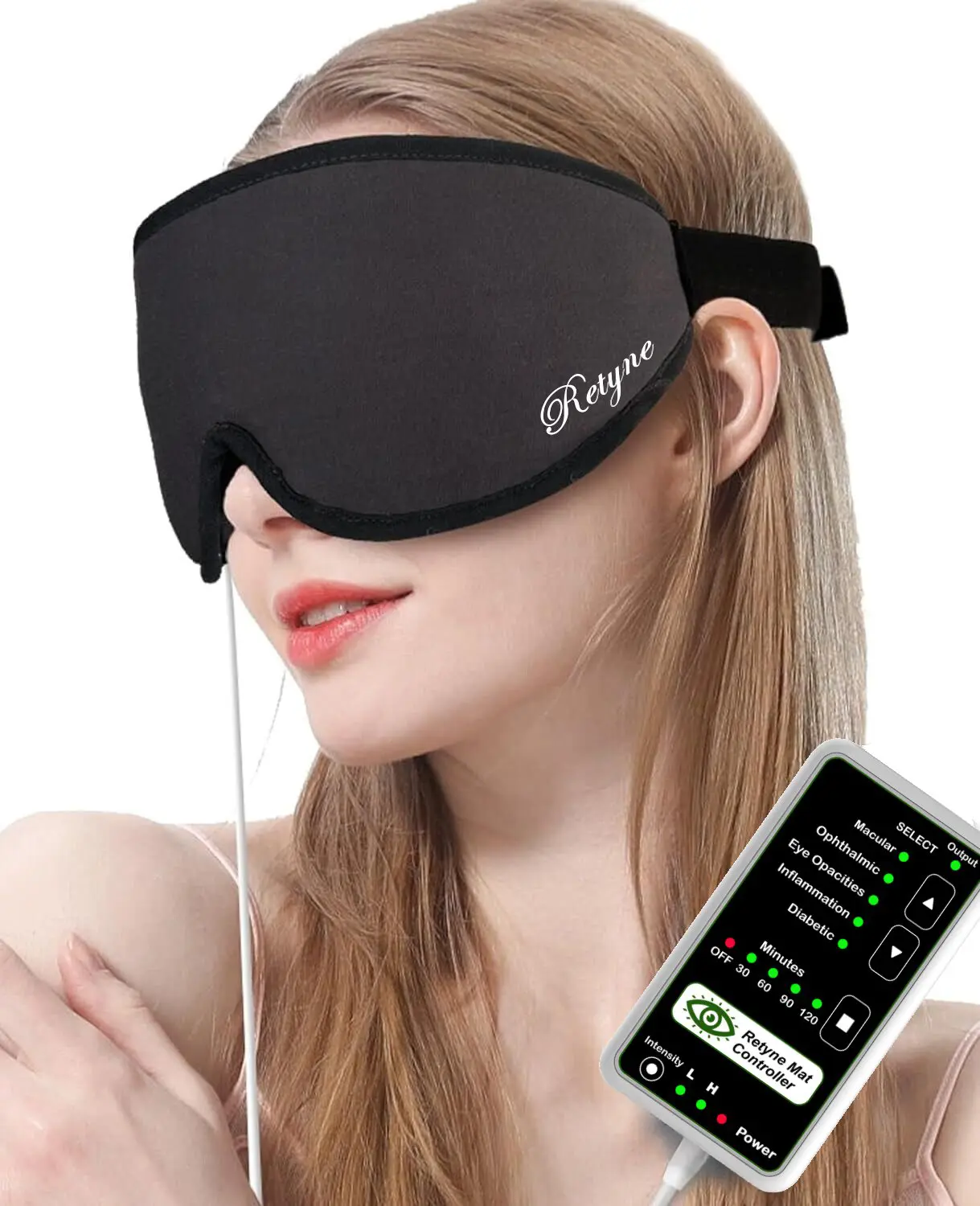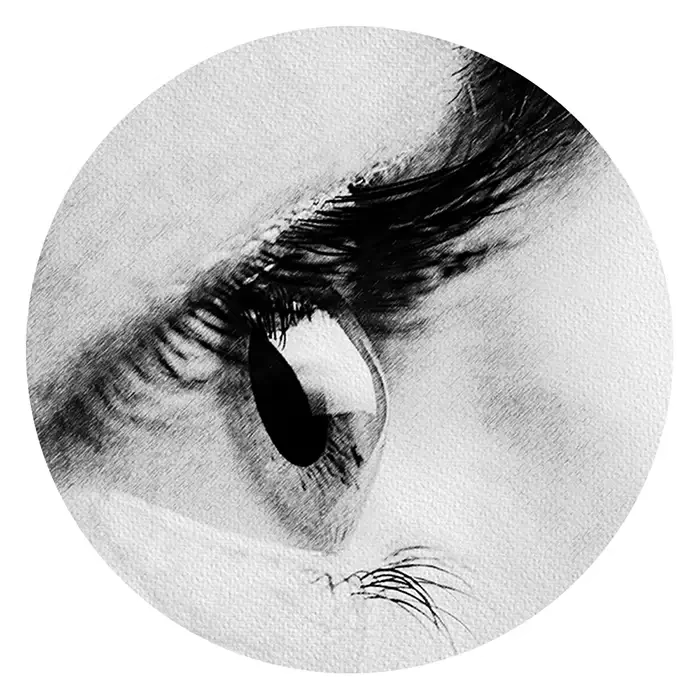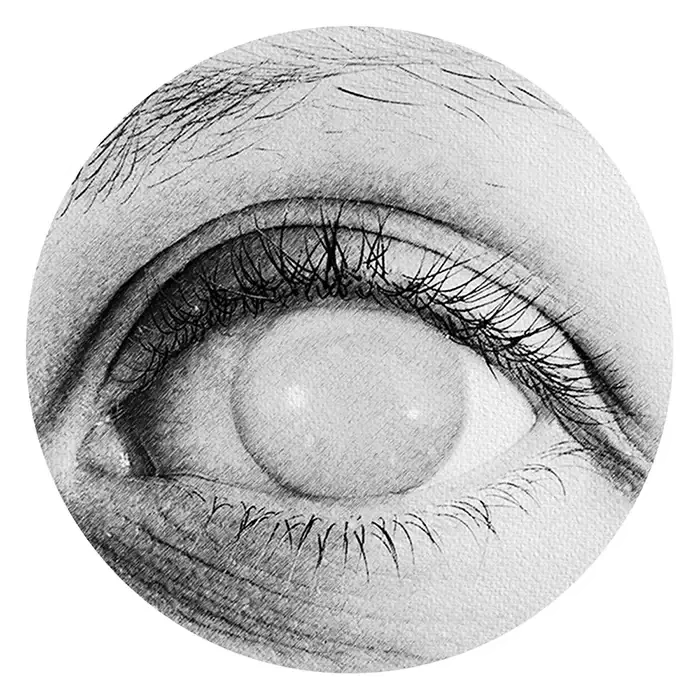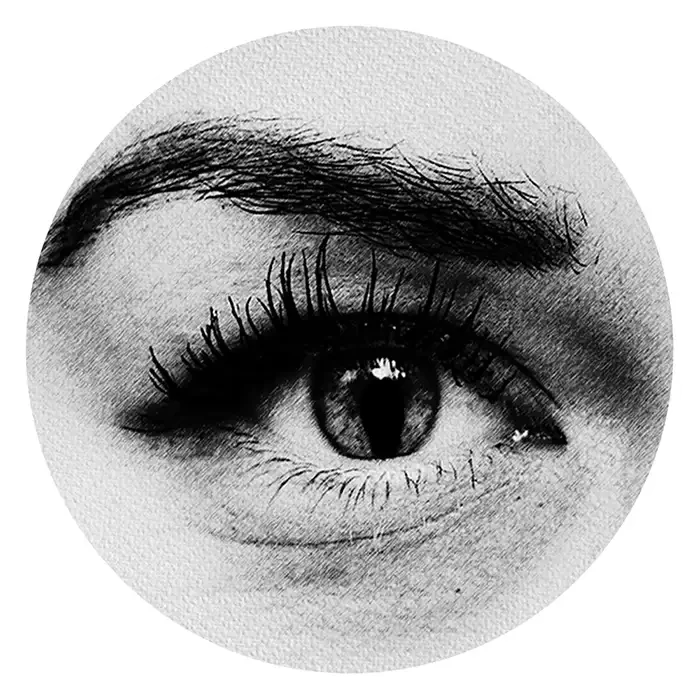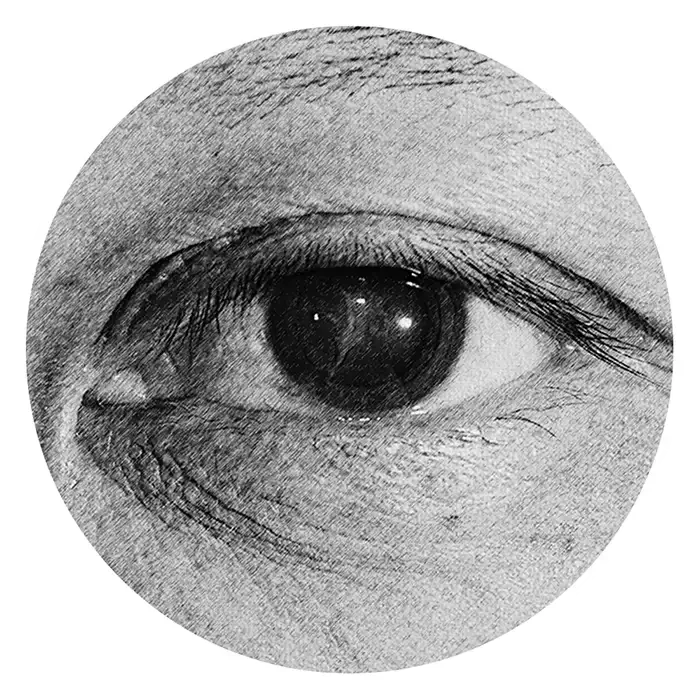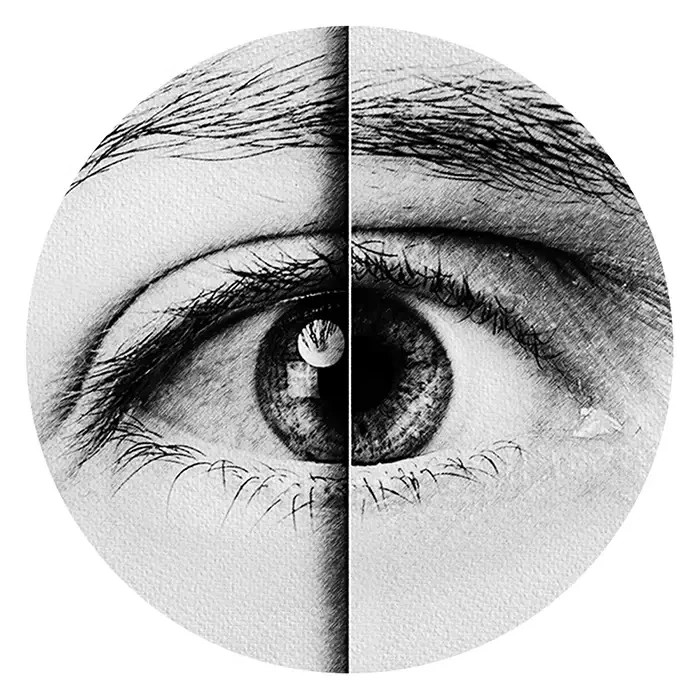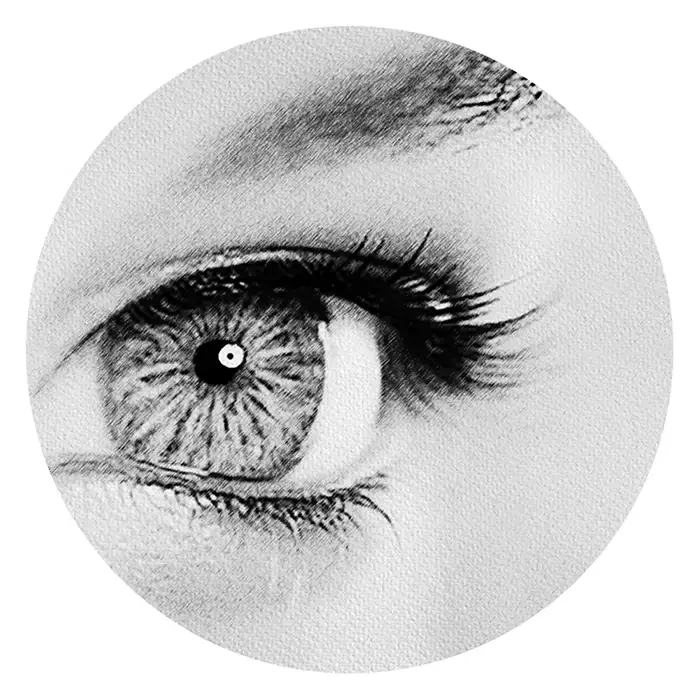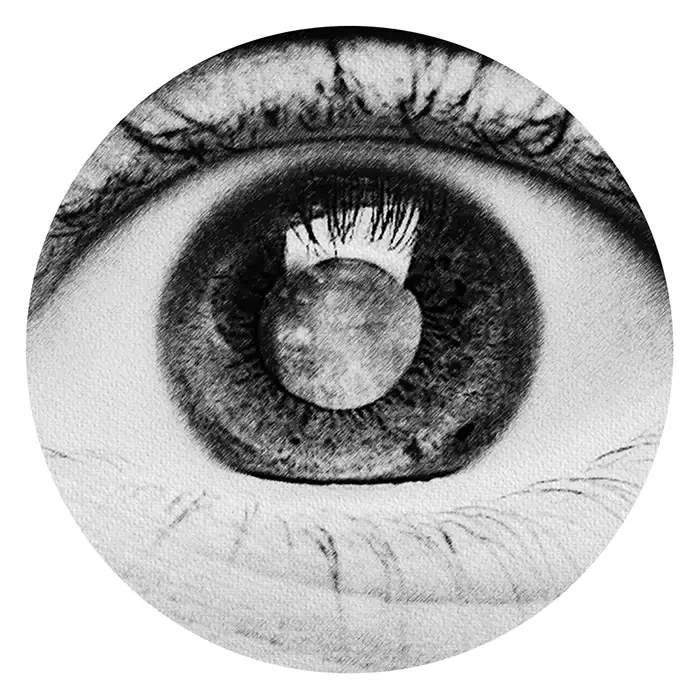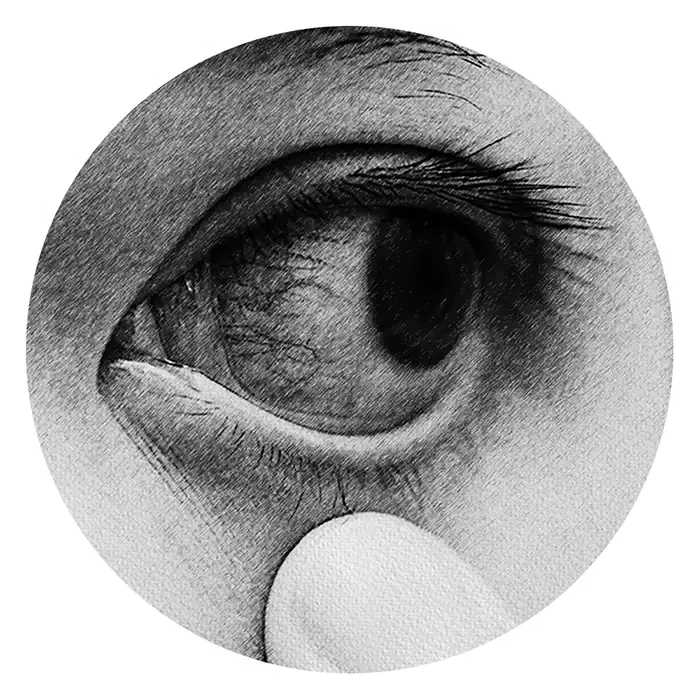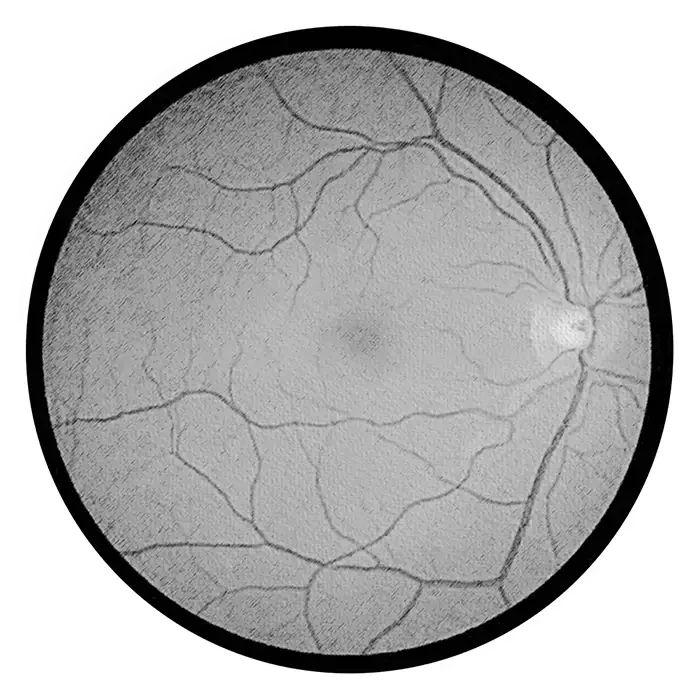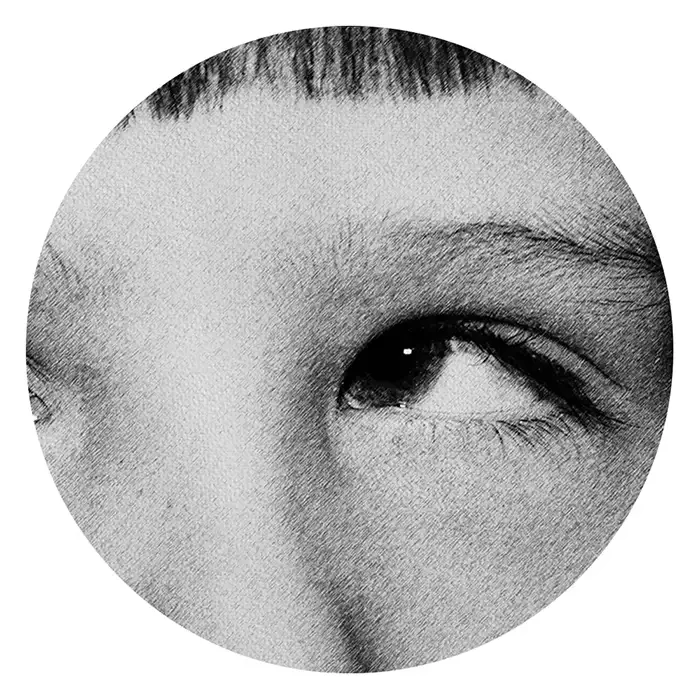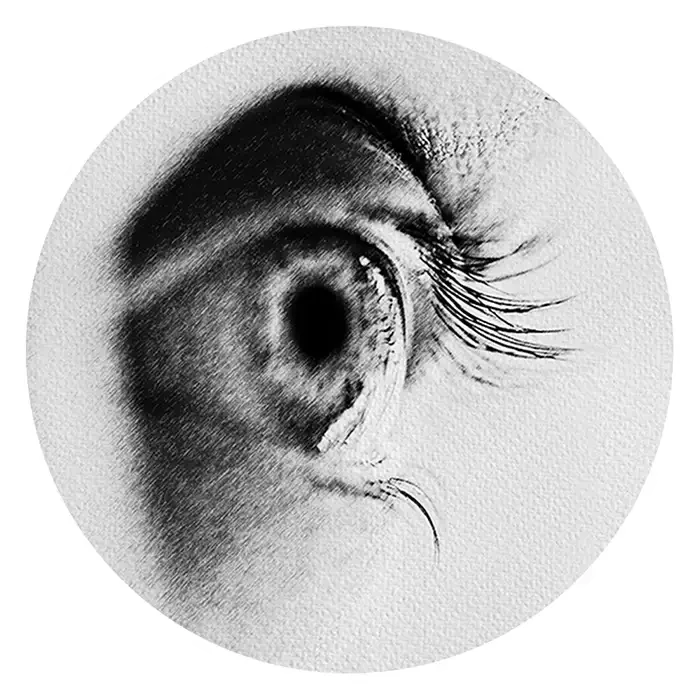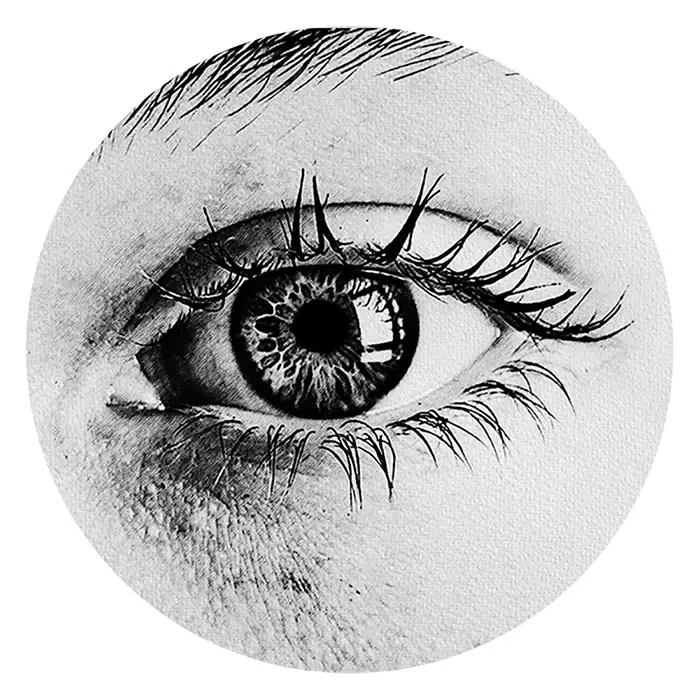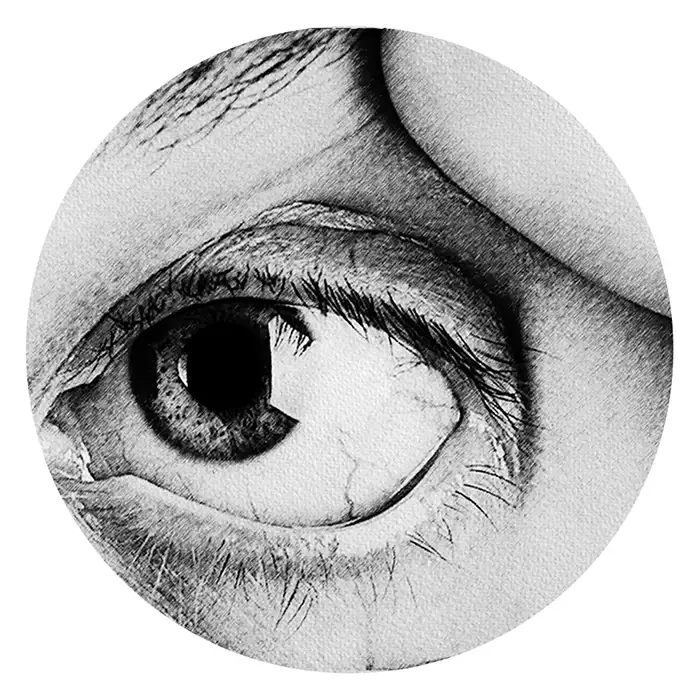
Targeted Treatment for Malattia Leventinese with Retyne Infrared Eye Mat
Malattia Leventinese, also known as Doyne honeycomb retinal dystrophy (DHRD), is a rare genetic disorder characterized by the development of drusen-like deposits beneath the retina. These deposits typically appear as small, yellowish lesions clustered around the macula, leading to progressive damage to the retinal pigment epithelium (RPE) and photoreceptor cells. DHRD is considered a subtype of macular degeneration and is inherited in an autosomal dominant pattern.
Diagnosing Malattia Leventinese often involves a comprehensive eye examination, including visual acuity testing, dilated fundus examination, and imaging studies such as optical coherence tomography (OCT) and fundus autofluorescence (FAF). These tests help identify characteristic features of DHRD, such as the presence of drusenoid deposits and RPE changes in the macular region. Genetic testing may also be performed to confirm the diagnosis and identify specific gene mutations associated with the condition.
The Retyne Infrared Eye Treatment Mask offers a targeted approach to managing the symptoms of Malattia Leventinese, providing patients with a non-invasive and personalized treatment option. Program #1 on the Retyne controller delivers invisible infrared light therapy to the affected retinal tissues, aiming to improve cellular function, reduce inflammation, and promote tissue repair. By utilizing invisible infrared light, the Retyne mask can penetrate deep into the retinal layers to exert its therapeutic effects without causing discomfort or side effects.
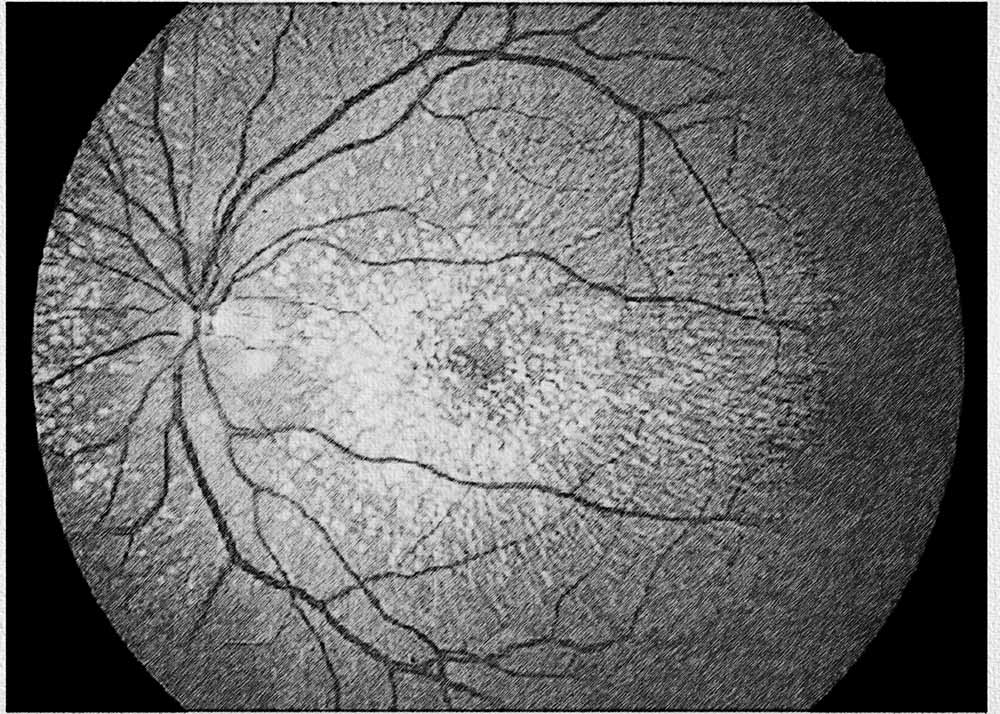
Incorporating the Retyne Infrared Eye Treatment Mask into the management of Malattia Leventinese can complement existing treatment modalities and offer patients a proactive approach to preserving their vision. By targeting the underlying pathophysiology of DHRD, including the accumulation of drusen and RPE dysfunction, infrared light therapy may help slow the progression of retinal degeneration and preserve visual function. Additionally, the Retyne mask can be used as part of a comprehensive treatment plan to enhance the quality of life for patients with Malattia Leventinese.
Malattia Leventinese, as a subtype of macular degeneration, shares similarities with other forms of the condition in terms of its impact on visual function and quality of life. While DHRD is characterized by the presence of drusen-like deposits beneath the retina, other types of macular degeneration may involve different pathological mechanisms. Nevertheless, all forms of macular degeneration can lead to central vision loss and require careful management to preserve visual function. The Retyne Infrared Eye Treatment Mask offers a versatile therapeutic option for addressing the symptoms of Malattia Leventinese, providing patients with a safe, effective, and convenient means of managing their condition.
In conclusion, Malattia Leventinese (Doyne honeycomb retinal dystrophy) presents unique challenges in the field of ophthalmology, necessitating innovative approaches to slow disease progression and preserve visual function. The Retyne Infrared Eye Treatment Mask represents a promising tool in the management of DHRD, offering clinicians and patients alike a proactive and personalized treatment option. With its ability to deliver targeted infrared light therapy to the affected retinal tissues, the Retyne mask holds potential for improving visual outcomes and enhancing the quality of life for individuals with Malattia Leventinese.
The Retyne eye treatment mask employs a specific array of frequencies (0.15, 0.18, 0.8, 5.5, 33.2, 172.3, 471.2, 557.82, 603.44, 921.88) meticulously tailored to address symptoms associated with Malattia Leventinese (Doyne honeycomb retinal dystrophy). Each frequency is carefully selected based on its documented effectiveness in managing and alleviating Malattia Leventinese. Retyne's innovative approach involves the transformation of these frequencies into invisible infrared light output, heralding a pioneering fusion of frequencies with light—a revolutionary technology pioneered by Retyne Labs.
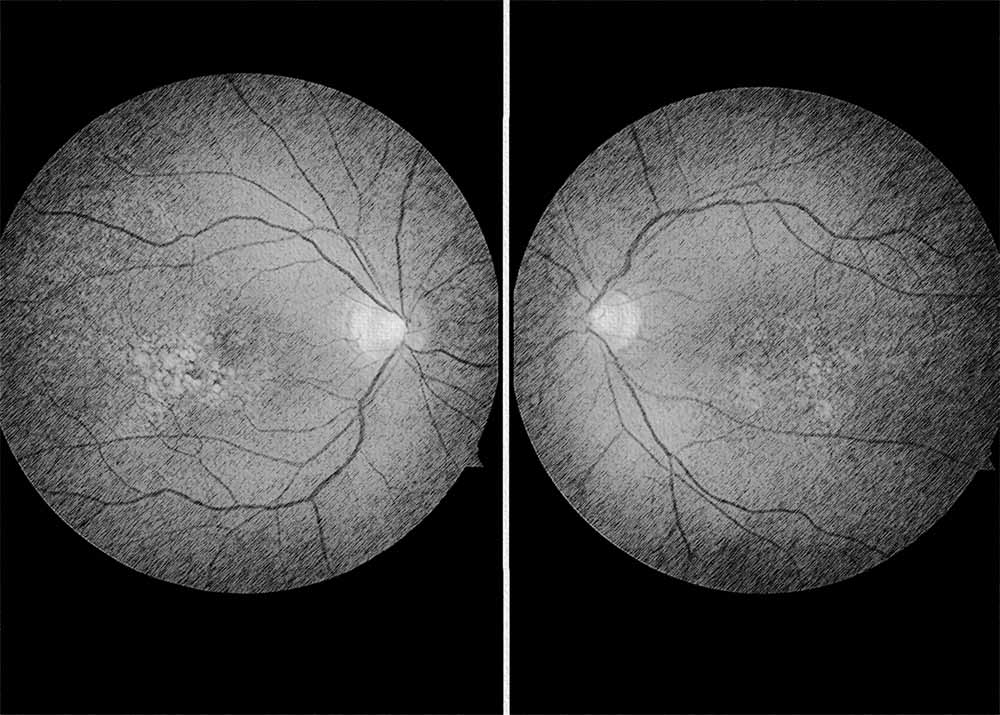
Drawing inspiration from the pioneering research of Dr. Rife, who unearthed the therapeutic potential of precise frequencies and harnessed light for their propagation, Retyne's methodology embraces contemporary insights into invisible infrared technology. By leveraging current advancements and building upon historical investigations into frequency-based light transmission, Retyne has developed the innovative Retyne Eye Treatment Mask. This cutting-edge device represents the synthesis of modern breakthroughs in visual healthcare, offering a comprehensive solution rooted in both tradition and progress.
Malattia Leventinese (Doyne honeycomb retinal dystrophy) General Group exists at program 2067 on the International ETDFL frequency list
Compatibility
Standalone controller (Program #1) (Controller shipped with Retyne Eye Treatment Mask)
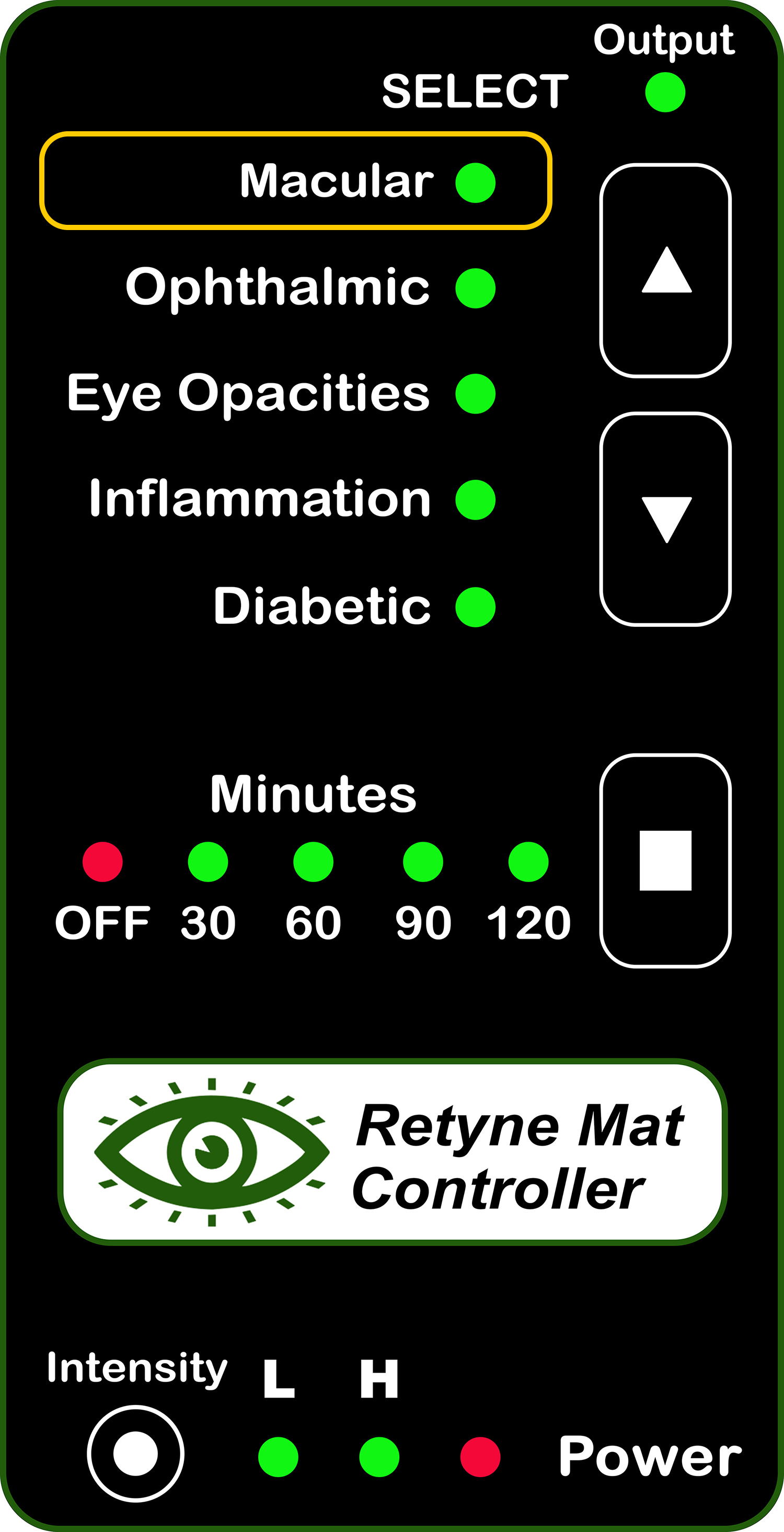
RDPV4 (Direct connect, use group 2067)
RDPV4 Light Mask Program button 1
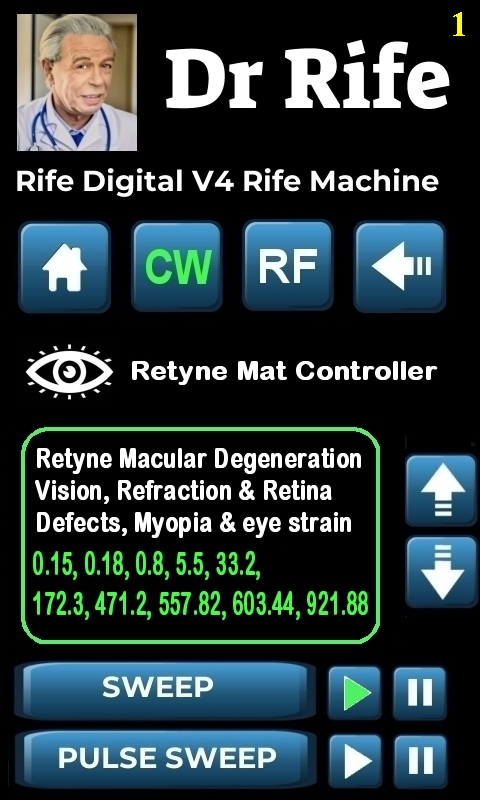
Click here for instructions on using the Retyne Mask + Controller
